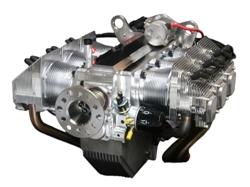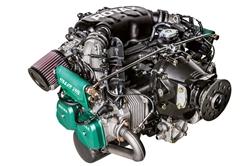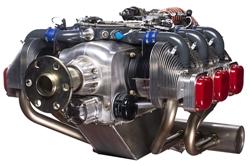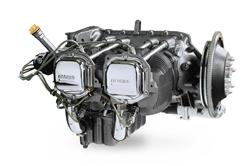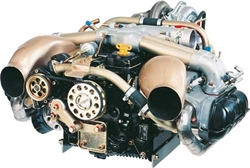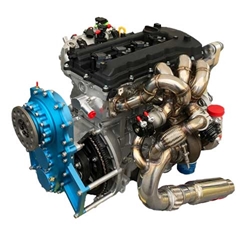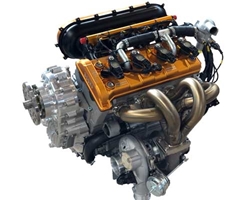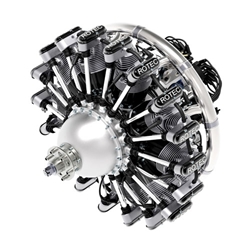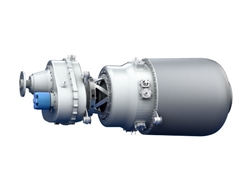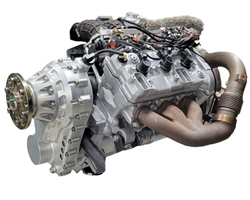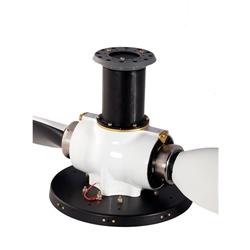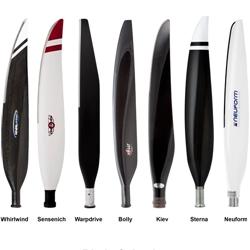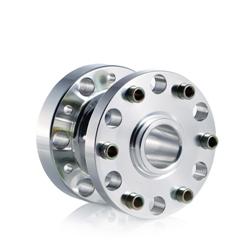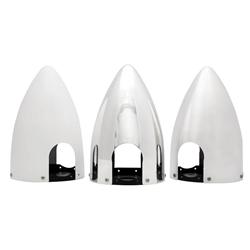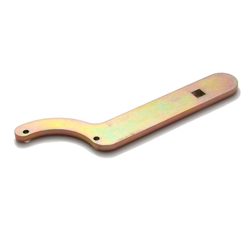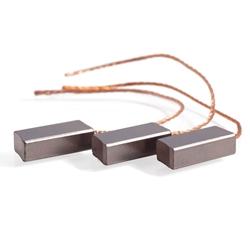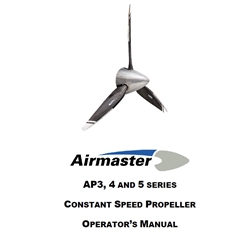Many factors affect propeller performance. Here are a few hangar talk statements to consider:
1. A longer propeller is faster than a shorter propeller. Not always. The mass of air times velocity is the force in pounds the propeller can deliver.
However, for a given engine horsepower and torque, the engine can only turn so many foot pounds of torque. For instance, a 67 inch two blade produces as much thrust as a 72 inch two blade propeller of the same manufacturer. Why? The 67 inch propeller is operating at 17 degrees at full power whereas the 72 inch propeller can only be set to 15 degrees. If a longer than recommended prop is installed, the blade may be at a lower and possibly less effective propeller angle due to twist. That is why propeller blade manufacturers make only a few ground adjustable blades. It allows a wide range of blade angle settings depending on the aircraft and engine combination. The propeller efficiency differences between different engine HP ranges (such as the Rotax 912, 912S and 914) are small so the same propeller will technically work on each engine.
2. Two blades are better than three. Again, the two blade versus three blade propellers comparisons are many and varied. A two blade propeller can be lighter than the equivalent three blade. The two blade propeller is generally noisier, both inside and outside the aircraft. The two blade propeller has a lower frequency or beat per second from its downwash on the cowl and more importantly the windscreen than a three blade and the pulse waves affect the human ear as noise. This makes a difference in some cases whether you need an ANR headset or not in your aircraft or if you offend your neighbours at the airport. A two blade can make cowl removal easier on a tri-gear aircraft than a three blade. A three blade will generally be shorter because of the extra blade and total airfoil area if deisgned properly achieve the same performance and be quieter and smoother.
3. Narrow blades are better than wide blades. The width or chord length of a blade, its root to tip twist and its aspect ratio are very important to its ability to produce thrust over different RPM, altitude, desired acceleration, climb an cruise conditions. Generally speaking blades using the same airfoil section should behave as such:
Long thin high aspect ratio blades are good for slow speed acceleration - like a helicopter blade. Longer blades need more twist, and tip speeds may reach near the speed of sound creating noise, vibration and inefficiency. Wide chord blades are more effective at higher altitudes and higher speeds and generally are tapered to limit torque per degree of twist and tip drag.
4. Thin blades are better for cutting the air and initial engine start. Thin airfoil sections can produce the same thrust as thick sections in dense air conditions, but due to their thin width, they are generally made from solid carbon fiber. These solid blades are tougher and stronger but somewhat heavier. Heavier blades can task the engine starter during engine initial start so blade length may need ot be slightly shorter or the tip tapered significantly to reduce the start-up torque and prevent damage to the starter or crank shaft ring gear or sprag clutch. The thin tip is effective at lowering the Mach effect at the tip.
Thicker airfoil sections can be made lighter. These lighter blades spin faster on engine start. The wider airfoil section can produce better lift (thrust pull) over a larger aircraft speed range and can be curved, and tapered to deliver efficiency. Should a feathring prop be necessary, wider chord blades in full feather can impact the cowl inlets on some custom aircraft which have protruding engine cooling inlets.

